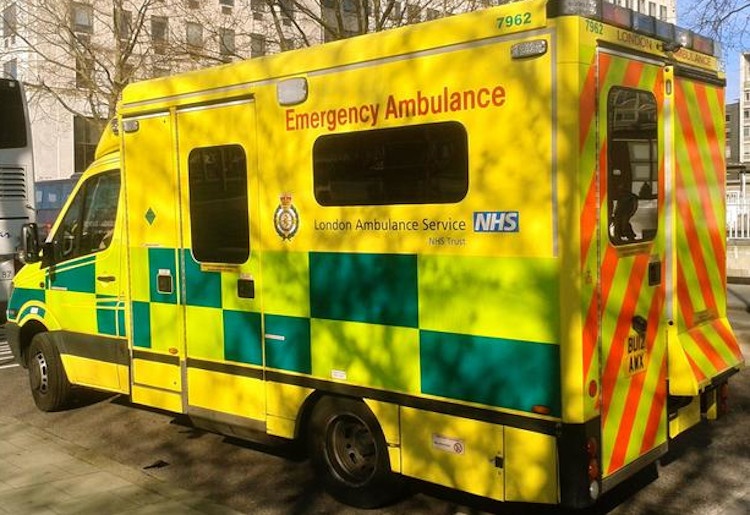
COVID-19 in the UK: 500 test sites now ready to boost national test capacity
COVID-19 in the UK. The announcement of new partnership agreements with 4 London university labs will increase testing capacity by tens of thousands over the winter.
The Health Services Laboratories, who are based at University College London, Imperial College London, Queen Mary University of London and King’s College London, will join the nationwide effort to increase capacity and create the largest network of diagnostic testing facilities in British history.
COVID-19 in the UK, the boost in testing comes from the laboratories
Government Press release: In addition, the target of 500 test sites in the UK has now been reached. With more sites opening every day, the median distance travelled for in-person tests is now just 3.7 miles, down from 4.3 miles the previous week.
In the latest week, pillar 1 and 2 testing capacity has increased by 7% to 1,921,358 tests. The median time taken to receive a result from taking a test in person is now 27 to 31 hours, compared with 25 to 29 hours in the previous week.
NHS Test and Trace continued to reach the majority of positive cases and their contacts. 51,475 people tested positive for COVID-19 for the first time in England this week, an increase of 56% on the previous week. The service successfully reached 74% of those people who tested positive and 82.2% of contacts where communications details were provided. This is in comparison with the previous week, when the service successfully reached 71.3% of people who tested positive and 83.7% of contacts where communications details were provided.
NHS Test and Trace has now reached 689,365 people, including those testing positive and their contacts.
Local contact tracers contact those people who have tested positive and NHS Test and Trace have been unable to reach within 24 hours. Across the country, 87 local authority contact-tracing teams are now live, with more due to come online over the coming weeks.
The COVID-19 app, launched last month, has been downloaded more than 16 million times, with 6 million downloading it on the first day.
All affected cases were immediately transferred to contact tracing on 3 October and a thorough public health risk assessment was undertaken to ensure outstanding cases were prioritised for contact tracing effectively. As a result, there were approximately 11,000 positive test results that would normally have entered the contact-tracing system during the course of this reporting period (24 to 30 September) that did not do so until the following week. Contact tracing in relation to those results will be covered in next week’s publication. In addition, currently, we report the time taken for cases and contacts to be reached from the time the case was referred to the contact-tracing system. This means that delays in transferring cases to the contact-tracing system will not be captured in these statistics.
READ ALSO
SOURCE

